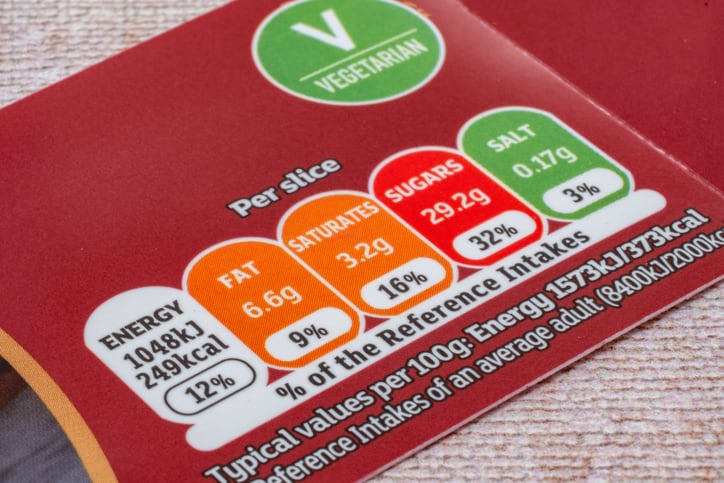Advertising your product as low in fat while the sugar content remains high leaves consumers feeling deceived and less inclined to buy the product, researchers in Germany claim.
According to a new study by Martin Luther University Halle-Wittenberg (MLU), when manufacturers advertise their products as being low in fat, many consumers assume that they also contain less sugar. However, the sugar content of many low-fat products differs little from that of other products.
In a paper published in the journal Food Quality and Preference, the researchers conducted three experiments to investigate how the information on yoghurt packaging influences perception and purchasing behaviour.
Around 760 people were asked to rate calorie content, sugar content and fat content on a scale of one to seven. They were also asked whether they would buy the product. "We wanted to find out whether information about a reduced fat content changed the overall perception of a product," explained the study leader and economist Dr Steffen Jahn from MLU.
The results showed that almost all of the respondents correctly estimated the lower calorie content of the low-fat yoghurt. At the same time, they also believed that the yoghurt contained less sugar than the yoghurt that wasn’t labelled low fat. In the second and third experiment, some of the respondents were shown the low-fat product with the actual nutritional information printed on the front. This group did correct their opinion on the sugar content, but their willingness to buy decreased, even though the low-fat yoghurt contained fewer calories. Another group was shown low-fat products without the 'low fat’ label and their purchase intention did not change.
Consumers falsely believe that low fat means less sugar
"Many people want to eat healthily but fail to do so for a variety of reasons. The information on food packaging also plays a role in this, as it can bias consumer perceptions," says Jahn. Some manufacturers take advantage of this effect. In Australia, a cake mix was advertised as being ‘97 per cent fat free’ while containing 55 per cent sugar.
"Our study shows that consumers can feel deceived by a product because, even though 'low fat’ claims by manufacturers are technically true, a part of the truth is concealed," concluded Jahn. Manufacturers should rethink this practice if they want to retain their customers in the long run, said the researcher. One possibility, he added is to place the nutritional values directly on the front of the products.
Various labelling schemes already do this, however, such as Nutri-Score; the NutrInform Battery label in Italy; the Nordic Keyhole label; and the UK's traffic light system.
In these countries, nutrition labelling has been mandatory on all pre-packaged foods since 2016. But the way in which nutrition information is presented on the front-of-pack (FOP) is not harmonised by European law and is at present provided voluntarily by many food business operators. The European Commission wants to change this and is committed to introducing a mandatory and harmonised front-of-pack nutritional labelling scheme across member states. A decision is expected sometime this year. Nutri-Score was once the firm favourite, but after pushback (led by Italy), the Commission has hinted it will put forward a new label built around the already existing formats already developed in the European Union.
“I am supportive of mandatory FOP labelling but don’t think one of the current labelling schemes is perfect,” Jahn told FoodNavigator. “For example, the NutriScore works well for many people but would not help detect the biased inference examined in our study, because no nutrient-specific information is provided.”
Reference
Truthful yet misleading: Consumer response to ‘low fat’ food with high sugar content
Food Quality and Preference
10.1016/j.foodqual.2023.104900





